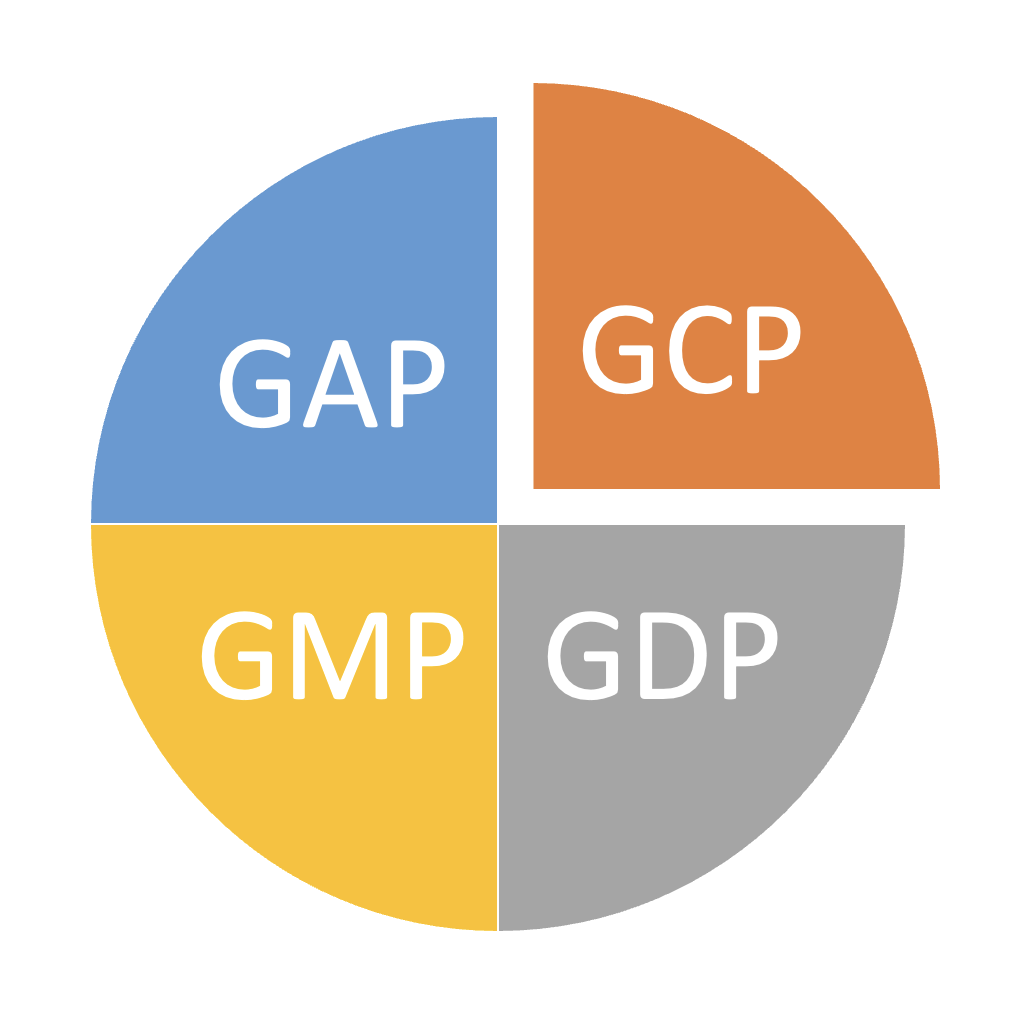
Consumers should recognize that they also play a vital role to assure that only safe food ends up on their family’s plates. We must assume this responsibility along with governments’ initiative to increase awareness.
Consumers should recognize that they also play a vital role to assure that only safe food ends up on their family’s plates. We must assume this responsibility along with governments’ initiative to increase awareness.
We are well over HACCP’s 60th year anniversary 1. Since the development and implementation of HACCP, the food industry has continuously looked for improved solutions to produce safe food. We all agree that there are still many challenges ahead and that it hasn’t been a smooth path. The pace and commitment of food safety best practices adoption is largely dependent on where in the world you are but, as a general trend, I believe we all agree that we have made a lot of progress.
When I was writing my first book I had the opportunity to meet Dr. William Sperber (also known as “The Friendly Microbiologist”). Mr. Sperber and I had a couple of conversations about the history of HACCP. Our chats sometimes digressed and once he shared the concept of Good Consumer Practices (GCP).
At the time, I found the concept very interesting. Since the beginning, food safety practitioners understand HACCP can’t be applied in the absence of basic conditions usually known as Prerequisites (PRP) or Good Manufacturing Practices (GMP). This way, food safety professionals focus primarily on HACCP + GMP as the recipe for safe food and rightly so (reinforced by the fact this is what they are challenged on during audits and inspections). This recipe may be effective if you work on a manufacturing organization and your only concern is to assure food is safe when delivered to the next step of the food chain. In my vision, we work to prevent consumers from eating unsafe food and therefore we have to work in all steps of the food systems.
One aspect that can undermine all the food safety industry’s efforts is what is done on consumers’ homes. No matter how many controls we have from the “farm” all can be impaired at the “fork”.
This can only be solved by education. All consumers should have basic knowledge of food safety and Good Consumer Practices (GCP). If consumers understand the basics of food safety this will have two major outcomes:
Good Consumer Practices (GCP) should join Good Agricultural Practices (GAP), Good Manufacturing Practices (GMP), and Good Distribution Practices (GDP) to support the industry efforts to assure consumers eat safe food. Consumers should recognize that they also play a vital role to assure that only safe food ends up on their family’s plates. We must assume this responsibility along with governments’ initiative to increase awareness.

Governments in collaboration with the food industry should campaign for Good Consumers Practices as this is not different from many other campaigns focusing on protecting citizens health. Governments can also support basic Food Safety education. When I’m studying with my 9 year old daughter, I see that many aspects of good citizenship and safety practices are included in the curriculum and I wonder why basic food safety principles are not included.
Examples of simple things that consumers should know and can be easily taught since kindergarten are:

This idea is not the transference of responsibility away from the food industry but it is to include consumers in the efforts. After all, our health that is at stake! Consider, for example, car accidents. Everyday people die from car accidents; everyday people die from consuming unsafe food. The car industry must work to engineer and manufacture safe and reliable cars, following what is considered the best safety practices. Even so, it is common for governments to campaign for good and safe behaviors (and even regulate) that are only dependent on the drivers’ that will significantly increase the risk of accidents (speeding, drinking, texting, etc).
After all, we all are consumers, me, you, regulators, business owners, food industry workers, sons, daughters, fathers, mothers, and we must own our share of responsibility.
Reference:
1. Considering the early steps were when Pillsbury joined the NASA program to produce food for astronauts in 1959. The adoption of HACCP system to consumer food production beginning later in 1972.
This article was written by:

Nuno F. Soares
Contributing Editor: Jocelyn C. Lee, Food Safety Consultant
Disclaimer: The information contained on this article is based on research done in the last months and the authors personal experience and opinion. It is not intended to represent the view of any organization they work for or collaborate with. The authors will not be held liable for the use or misuse of the information provided in the article.